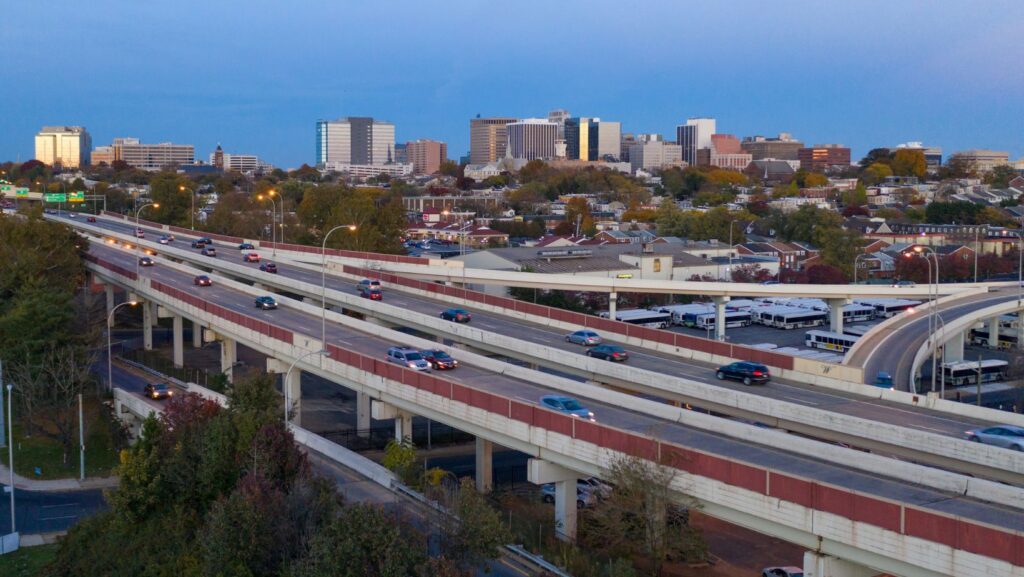Wilmington’s coastal highways are a dream for motorcyclists seeking scenic routes, but they also come with the challenge of sharing the road with larger vehicles like trucks and cars. While riding a motorcycle offers a sense of freedom and excitement, it also requires extra vigilance when navigating busy highways. The risks of riding alongside larger vehicles are real, but with the right safety practices, you can enjoy the ride while minimizing danger.
If you’ve been injured in a motorcycle accident in Wilmington, knowing your rights and taking legal steps to protect yourself is crucial. Accidents involving motorcycles often lead to severe injuries, and it’s important to seek professional legal guidance to ensure you receive the compensation you deserve. But before any accident occurs, here are some road safety tips to keep in mind when sharing the road with trucks and cars.
Stay Visible and Avoid Blind Spots
One of the most important safety strategies for motorcyclists is maintaining visibility. Larger vehicles like trucks have significant blind spots—areas where the driver cannot see a motorcycle. These blind spots, commonly referred to as “No Zones,” are typically located along the sides, directly behind, and sometimes in front of large trucks. Motorcycles are smaller and more maneuverable, but they can also disappear easily into these blind spots, increasing the risk of a collision.

To stay safe, always make sure you’re visible to other drivers. Avoid riding in these “No Zones” for extended periods, especially when passing. Use your headlights during the day and wear reflective or brightly colored gear to catch the attention of drivers. The more visible you are, the safer you’ll be on the road.
Keep a Safe Distance from Trucks and Cars
Maintaining a safe distance from trucks and cars is another critical tip for motorcyclists. Larger vehicles require more time to stop, so tailgating a truck or car can be extremely dangerous if they need to brake suddenly. A good rule of thumb is to stay at least four seconds behind a vehicle to give yourself enough time to react if it stops or slows down abruptly.
When passing a truck or car, do so quickly and safely, but avoid cutting in too closely. Large vehicles need extra stopping distance, and merging back into their lane too soon can leave them with insufficient space to stop safely. Giving yourself plenty of space not only protects you but also allows drivers to react accordingly to your movements.
Make Smooth and Predictable Lane Changes
Sudden lane changes can catch other drivers off guard, especially on busy highways where trucks and cars may struggle to see smaller vehicles like motorcycles. To avoid accidents, always signal well in advance before making a lane change. Give other drivers time to see your signal and react, reducing the likelihood of a collision.
When changing lanes, check your mirrors and perform a shoulder check to ensure no vehicles are in your blind spot. Avoid weaving through traffic or making abrupt movements that could surprise drivers. Making smooth and predictable lane changes will reduce the risk of getting caught in a dangerous situation.
Be Extra Cautious in Bad Weather
Coastal weather in Wilmington can change quickly, and riding in bad weather adds an extra layer of risk for motorcyclists. Wet roads can make it harder for your tires to maintain traction, increasing the likelihood of skidding. In windy conditions, particularly near the coast, gusts can push a motorcycle off balance, especially when passing larger vehicles like trucks.
If you’re riding in poor weather, slow down and increase the distance between yourself and other vehicles. Take turns and corners more cautiously, and be aware of how the road conditions might affect your control. Visibility is often reduced during rain or fog, so using reflective gear and riding with your headlights on can make it easier for other drivers to see you.
Watch Out for Road Hazards
Road hazards like debris, potholes, and uneven pavement can be far more dangerous for motorcyclists than for cars or trucks. These hazards can cause a motorcycle to lose balance or control quickly, especially if the rider is not prepared. Larger vehicles might not be as affected by these obstacles, so they may not take action to avoid them, leaving motorcyclists more vulnerable.

Stay alert for potential hazards on the road, and avoid riding directly behind trucks where your view of the road may be blocked. By maintaining a clear view of the road ahead, you can spot obstacles early and take the necessary actions to avoid them safely.
Adapt to Changing Conditions on Coastal Highways
Riding along Wilmington’s highways offers beautiful views, but the coastal environment comes with challenges like strong winds, sand, and fluctuating temperatures. Open stretches of highway can expose riders to powerful wind gusts, which may destabilize the motorcycle. When riding near large trucks, the wind generated by the vehicle can also push your bike around, so it’s crucial to maintain a firm grip on the handlebars and stay focused.
Additionally, road surfaces near the coast may accumulate sand, which can reduce tire traction and make it more difficult to navigate curves and turns. Keep your speed steady and be prepared to adjust to changing road conditions as you ride through different areas.
The Importance of Wearing Protective Gear
It is essential for all motorcyclists to prioritize their safety by wearing proper protective gear in all riding conditions. While a high-quality helmet is the most crucial piece of safety equipment, gloves, jackets, boots, and pants with adequate padding also provide protection in the unfortunate event of an accident. The use of protective gear significantly reduces the severity of injuries and increases the likelihood of walking away unharmed in the event of a fall or collision.
In addition to the fundamental protective gear, it’s highly recommended to wear brightly colored or reflective clothing to enhance visibility to other drivers, especially in low-light or adverse weather conditions. This increased visibility plays a pivotal role in ensuring safety on the road.



